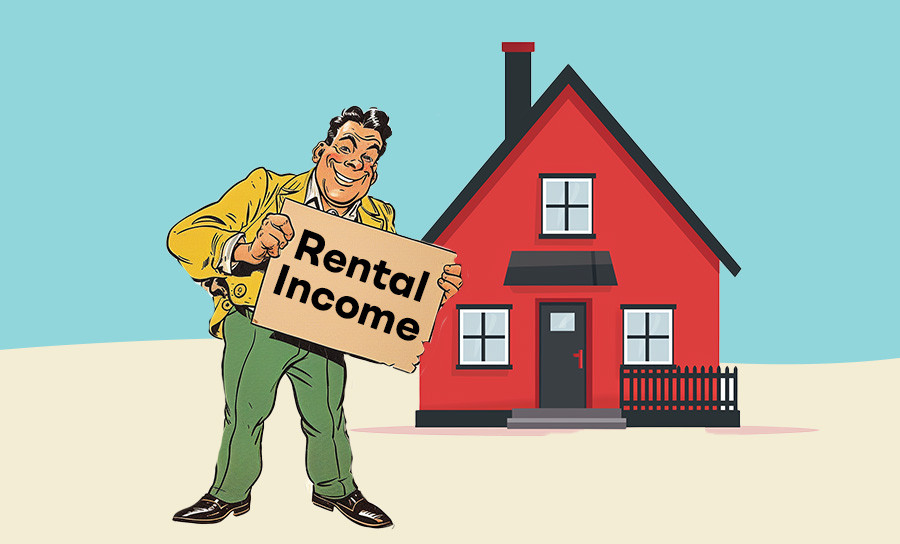
Are you ok with optional cookies ?
They let us give you a better experience, improve our products, and keep our costs down. We won't turn them on until you accept. Learn more in our cookie policy.

We’ll explore different types of buy-to-let properties, including residential and student housing, and break down the costs involved, such as stamp duty and mortgage payments. By the end of this guide, you’ll have the knowledge and confidence to start building your real estate portfolio.

Booming Price Growth: Picture this: In July 2021, the UK housing market was on fire, with prices soaring to a 19-year high. Fast forward to now, and prices are still up there, making it a great time to invest. Even though the frantic growth has slowed, property values remain strong, providing a solid foundation for investment.
High Rental Yields: Imagine getting a steady flow of cash each month. In November 2023, the average rent hit £1,279, up 8.85% from last year. That’s a wonderful chunk of change, right? High rental yields mean that your property can provide a reliable income stream, making it an attractive option for both seasoned investors and newcomers alike.
Sky-High Demand: Think of it as a concert where tickets are selling out fast. Landlords are more interested in their properties than ever before. Various factors, such as a growing population, changing lifestyle preferences, and a vibrant job market, particularly in urban areas, drive the sustained demand for rental properties.
Future gains: Savills predicts a 17.9% rise in UK housing prices by 2028. That’s like planting a money tree today and watching it grow over the years.
Stable Asset: Real estate is like your trusty old friend who never lets you down. It’s a solid hedge against inflation and economic ups and downs.

Forget the regular home mortgage. For rental properties, you’ll need a buy-to-let mortgage. Here’s the scoop: You can borrow up to 75% of the property’s value. For instance, if you’ve got your eyes on a £200,000 house, you’d need a £50,000 deposit and can get a £150,000 mortgage.
Worried about getting approved? Here’s a secret: lenders care more about the rental income than your salary. If your rental income covers the mortgage and other expenses, you’re golden.
Ran out of personal funds? No worries! Team up with someone who has cash but lacks the time or expertise to invest. You bring the knowledge; they bring the money; and you both share the profits. Or, borrow from friends and family, offering them better returns than they’d get from the bank. It’s a win-win!
Owning rental property isn’t just about raking in cash. You’ve got responsibilities. Make sure your property is safe and complies with local regulations. Join groups like the National Residential Landlord Association (NRLA) for valuable resources.
If managing properties isn’t your thing, hire a property management company. They’ll handle everything from tenant screening to maintenance, letting you focus on growing your investment portfolio.
Real estate is a marathon, not a sprint. While property values typically increase over time, the market can be unpredictable. Diversify your portfolio to spread the risk.
Investing in UK rental properties can be a thrilling and profitable adventure if you’re armed with the right knowledge and strategies. Whether you’re taking out a buy-to-let mortgage, considering joint ventures, or setting up a corporate structure, thorough planning is key.
Dive into books, listen to podcasts, and join professional networks to keep learning. With patience, strategic thinking, and the right tools, you’ll build a solid property portfolio that provides steady income and grows in value over time. Here’s to your successful journey in the world of UK real estate in 2024 and beyond. Cheers!